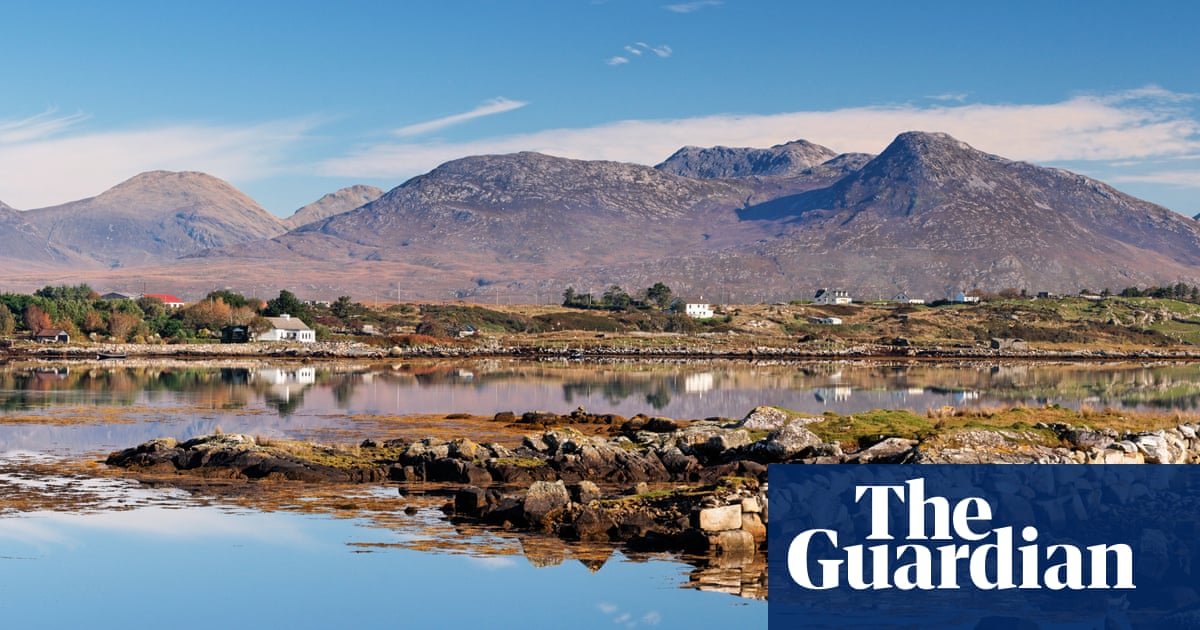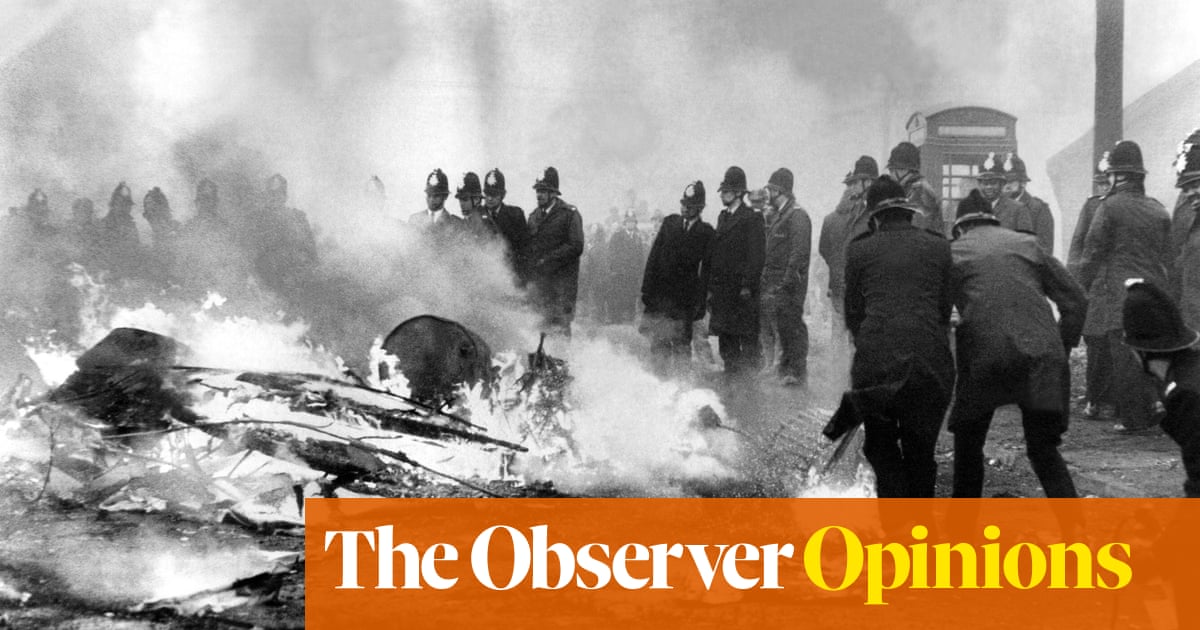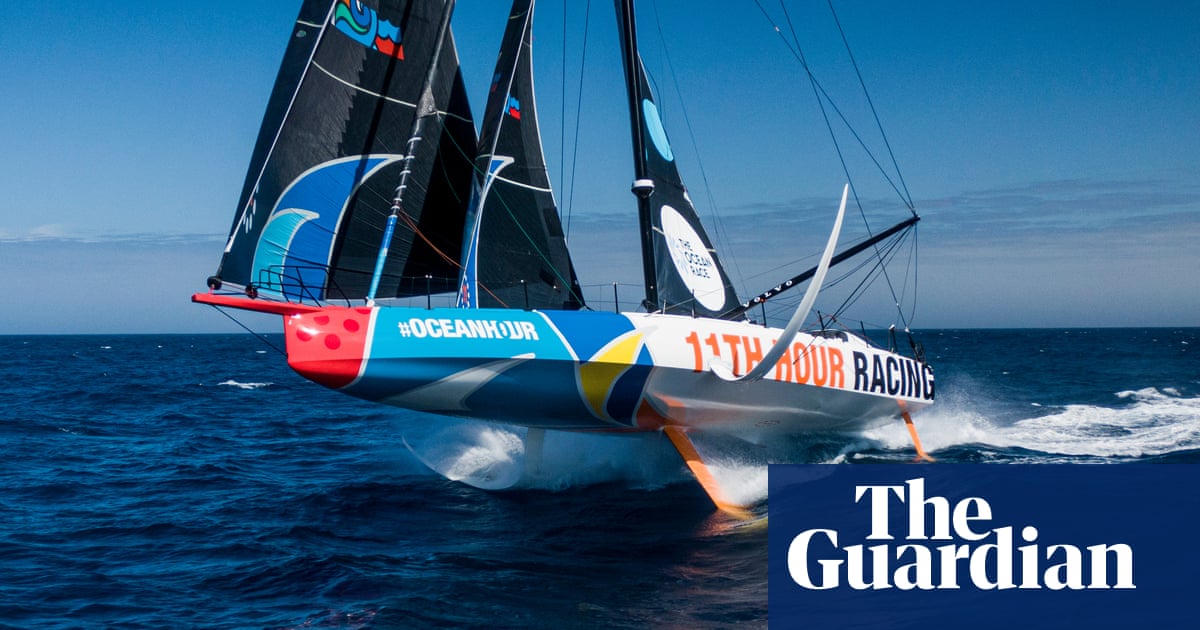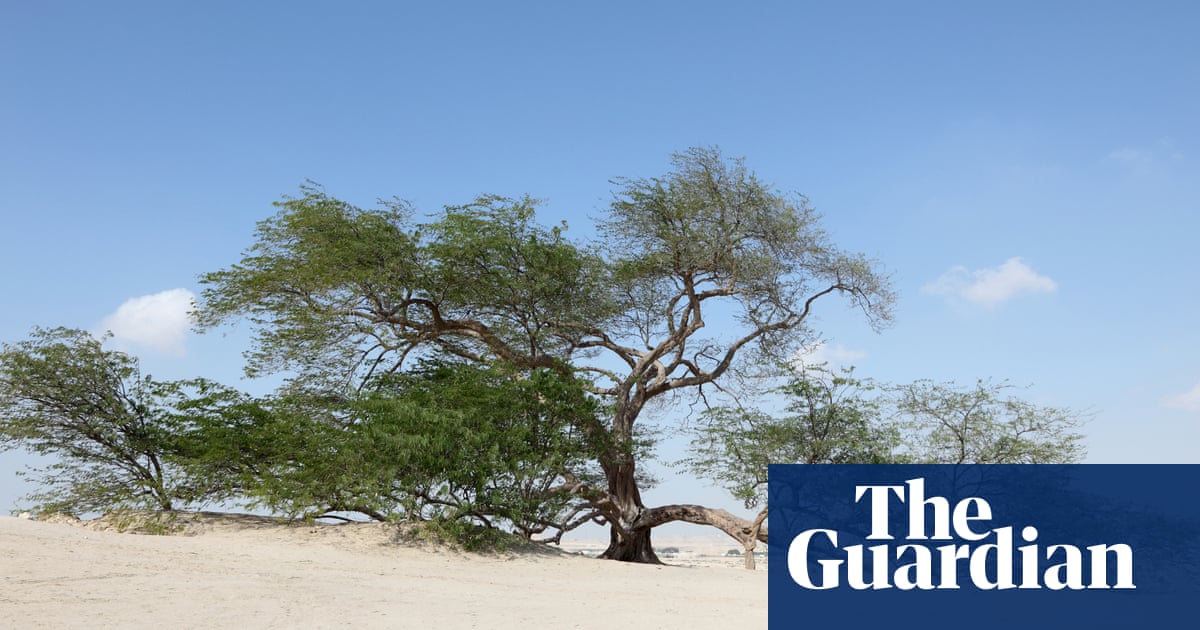
When I was 20 and straight out of teacher training college I took a job in a school in Connemara for a year. My friends were heading for the bright lights of Dublin, but after a childhood of caravan holidays along Ireland’s west coast I was drawn to the “wild mountainous country” of west Galway beloved of Oscar Wilde and countless other artists and untamed spirits.
Instead of the indoor excitement of city life, I spent the year knee-high in bogs, scrambling up the Twelve Bens, island-hopping to Inishbofin and Inishark and pedalling along deserted roads to the show-stopping beaches at Glassilaun and Rossadillisk. A sign on the road for Rossadillisk beach read “Welcome to Paradise”. I learned to ride on Connemara ponies at Errislannan and on weekends I’d hitch lifts to random events in Letterfrack, involving local poets, map makers and sculptors who breathed life into this quiet corner of Ireland. With no advance planning, I’d find myself at the summit of Diamond Hill or spotting porpoises at Renvyle beach with a gang of newfound friends.
Pit stops were made at Connemara’s iconic pubs, including O’Dowd’s in Roundstone for its famous fish chowder, Powers Thatch in Oughterard and Keane’s Bar in Maam Bridge, which has arguably one of the most romantic locations of any pub in Ireland. Somehow, I managed to find the time to teach a class of 12-year-olds, too. Aviators Alcock and Brown were also fans of this part of the world, choosing a bog near Clifden as their landing spot for the first ever non-stop transatlantic flight, in 1919. My class assembled a giant papier-mache model of their Vickers Vimy biplane, which we carried aloft down the main street to an exhibition about Alcock and Brown at the library.
Stendhal syndrome was a condition in the 19th century, whereby travellers on the Grand Tour would faint or become dizzy when confronted with the beauty of Florence. Those of us who love Connemara can relate. It can feel like the world’s most spectacular wilderness: the endless expanses of bog, mountain, lake and sea completely dominate, and you soon realise that nature, not man, is king in these parts. The colours of the landscape, especially in autumn, are mesmerising, with the mountains and bogs seemingly on fire with multiple shades of ochre, rust and red. I lived on the Sky Road in Clifden, and during the long winter nights I began painting the orange hills and the endless lakes. Before long I’d somehow become an artist too, and I sold my first painting in a gallery in Galway.
The summer holidays came, and after a year of being the youngest grownup in the village, I foolishly decided that there was more to life than the great outdoors, and I packed my bags and hitchhiked from Clifden to Galway for the last time.
I moved to Sligo and then travelled around the world for a few years, before finally settling in Dublin. Thankfully, my Australian wife is equally enamoured with Connemara and, whenever we can, we pack up our car and head west. Something magical happens every time on the road from Oughterard to Clifden, which pass beautiful spots like Derryclare Lough: city lives get forgotten and the mountains cast a spell. Every autumn we would save up for a night or two at Ballynahinch Castle, the former home of Ranji, an Indian maharaja turned world-class cricketer who retired here to fish. We often set out to see if we could discover the truth behind the rumour that an elephant graveyard lay in the grounds, but the mystery remains deliciously unsolved.
One summer we rented a house near Cleggan with three other families. Perched on our knees, our young children steered the group’s cars across the enormous beach that extends to nearby Omey Island at low tide. The final chapters of Maggie O’Farrell’s shimmering 2013 novel, Instructions for a Heatwave, are set on this tiny island on the Aughrus peninsula.
Heatwaves being in short supply in Ireland, this is also one of the wettest parts of the country, and many days were spent building sandcastles in the rain at Dog’s Bay (where the final scene of Mike Newell’s 1992 magical realism movie, Into the West, was filmed) and diverting beach streams at Lettergesh (the location for the famous horse race in The Quiet Man). Rain-soaked ascents of Benlettery and Errisbeg near Roundstone haven’t put my son off mountain climbing. We took many wrong turns trying to find elusive Dunlaughin beach near Ballyconneely, which somehow has yet to feature in a major movie. This is one of the only surf beaches in Connemara, and its secret location guarantees few onlookers to witness my woeful attempts to master the near-impossible art of surfing.
It’s hard to pick a favourite beach in Connemara, but after many years of traversing the coast we settled on breathtaking Glassilaun, almost at the mouth of Killary Harbour, Ireland’s only fjord. We spent Easter here once, at Dolphin Watch, a self-catering house with a deck overlooking Mweelrea, Connacht’s highest mountain. We drove past the house the year before and were stopped in our tracks by the view. (It was long enough ago that we scribbled down the phone number from a handmade roadside sign on the gate.) Inishturk island hovers on the horizon and further north the peaks of Achill and Clare islands are drawn across the sky. Dodging the abundant Lion’s mane jellyfish that have descended on this bay, my son and I love to swim out to the tiny island that lies just off the shore. If the sun shines (a rarity), the white sand and the green water almost take on the look of the Caribbean. Throughout lockdown I’d daydream about this beach constantly, and imagine breaking the 5km restrictions to ride out the pandemic at this shore.
However, in all our trips west we somehow missed out on the very best place to stay in Connemara. Being drawn to the sea over and over, we had forgotten to explore the shores of Lough Corrib, one of the world’s great trout-fishing lakes. Driving past the jetties along the Glan Road, just north of Oughterard, we discovered the gates of beautiful Currarevagh House and promised to visit sometime. Henry and Lucy Hodgson welcomed us into their home like long-lost members of their family. Within seconds of our arrival we were feasting on homemade cakes with Henry’s mother, June, who filled us in on the hotel’s 130-year history and told of the times when a dedicated rail carriage would leave London bound for Currarevagh, such was its fame in the fishing world. While travellers slept, their carriage was rolled on to the boat at Holyhead and breakfast was served as they woke up speeding west towards Connemara.
The world recedes here, and all that seems to matter is the giant view of the lake and the stillness of this very calm house. We recently spent three happy days swimming in the lake, eating kedgeree for breakfast and staying up late, drinkingwine. Henry has now installed a glass-fronted sauna in the boathouse with views across the lake. Armed with towels, water bottles and a box of matches, we fired up the stove, poured water over the coals, and looked out to a world where watery clouds merged with the lake..
Wilde described Connemara as a savage beauty: the ground is mostly rock, the famine decimated the region, people have emigrated in their droves ever since, and the land was never enough to provide adequate employment. Still, I sometimes regret that I ever left Connemara.












